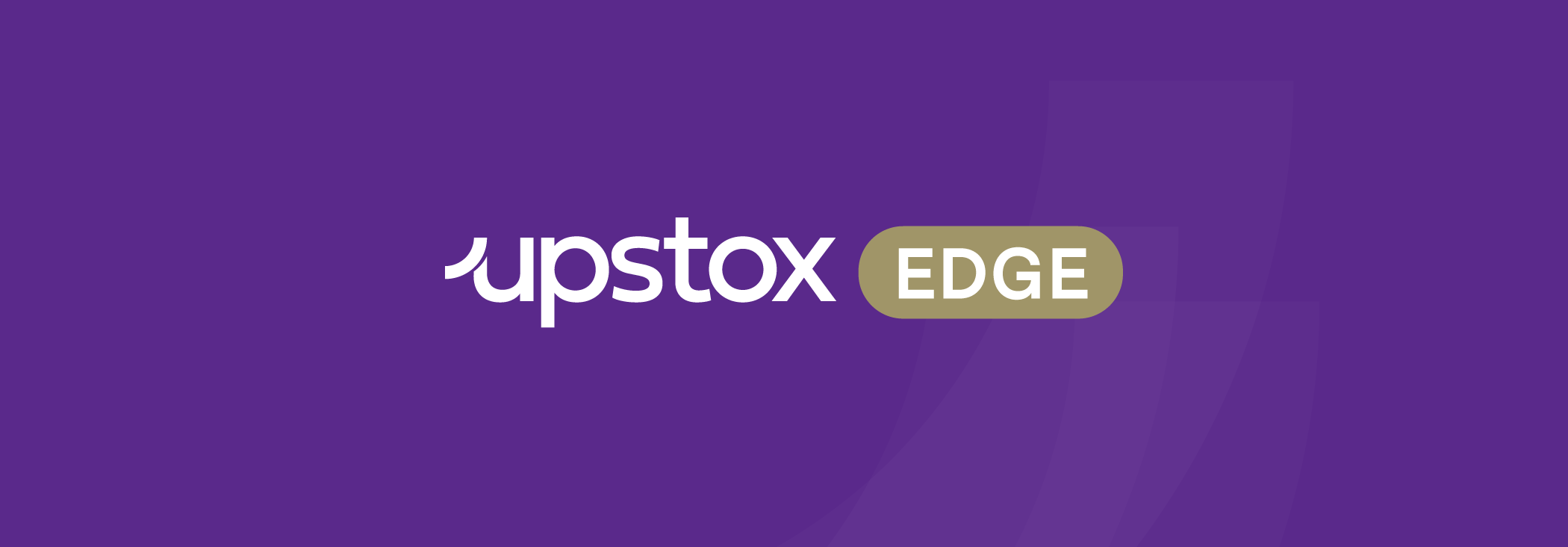A covered call strategy in options works as a hedge for short to medium-term trading. This strategy can be deployed by traders who wish to hold the stock in futures and minimise the risk by selling its call option.
Let’s understand how this strategy works.
Background
Asian Paints saw a good recovery in demand in the September quarter. Its domestic decorative paints business showed a strong growth of 34% year-on-year, which boosted the company's overall revenues.
However, because of a steep rise in raw material prices, the company's gross margins were impacted across all verticals. The management is confident to turn this around by future price hikes.
Derivatives Build-up
After a strong run-up to highs of ₹3,500, the stock had corrected nearly 20% to ₹2,860 levels. The stock has now bounced back to around ₹3,100 levels.
The November options data of Asian Paints shows a significant open interest base for call options at 3,200 strike, which is nearly 2.8% higher than the current price of ₹3,110, suggesting that the stock might face resistance at that price
The lot size in the F&O contract is 300 shares per lot.
Action
Traders who are willing to take a short to medium-term bullish position tend to initiate a covered call strategy that combines both futures and options positions.
For instance, if you buy 1 lot of the November futures expiry at the price of ₹3110 then one can sell 1 lot of 3,200 call option of the November expiry at a premium of ₹90.
Now, on expiry, if the stock moves higher to say ₹3,200 levels, the trader will make a total profit of ₹54,000 (Profit on Long Futures: (90*300 = 27,000) + Profit on Short Call Options: (90*300 = 27,000).
However, at the price of ₹3,290, the profit is capped at ₹54,000 because above this rate every one rupee profit in long futures position will be offset by a one rupee loss in short call option position.
But in case the stock goes down, say to ₹3,020 levels, the trader will not incur loss because even though the futures position will incur loss but the call option position will cover that loss. This is the break-even point for the strategy.
Below ₹3,020, the trader will incur a loss on the Futures position but it will still be ₹90 less than what they would have incurred had they not sold the call option.
In fact, even if the stock expires at the futures buying price of ₹3,110 one will still make a profit of ₹27,000 (90*300) on the short call position.
We hope this strategy was simple and easy to understand. You can try spotting it on the option chain and see if you are able to identify levels.
We’ll be coming with a lot of strategies which will help you to identify trade setups easily.
Until then, happy trading!
About the author: Kush Bohra is a SEBI-registered investment advisor and an F&O expert.
If you haven't already, activate the F&O segment on your Upstox account! Click here to begin F&O trading.
Here is a detailed guide on how to activate your commodities/futures/options segments on Upstox. Click here to know more.
Disclaimer:
Derivatives trading must be done only by traders who fully understand the risks associated with them and strictly apply risk mechanisms like stop-losses.
We do not recommend any particular stock. The stock names mentioned in this article are purely for showing how to do analysis. Take your own decision before investing.


